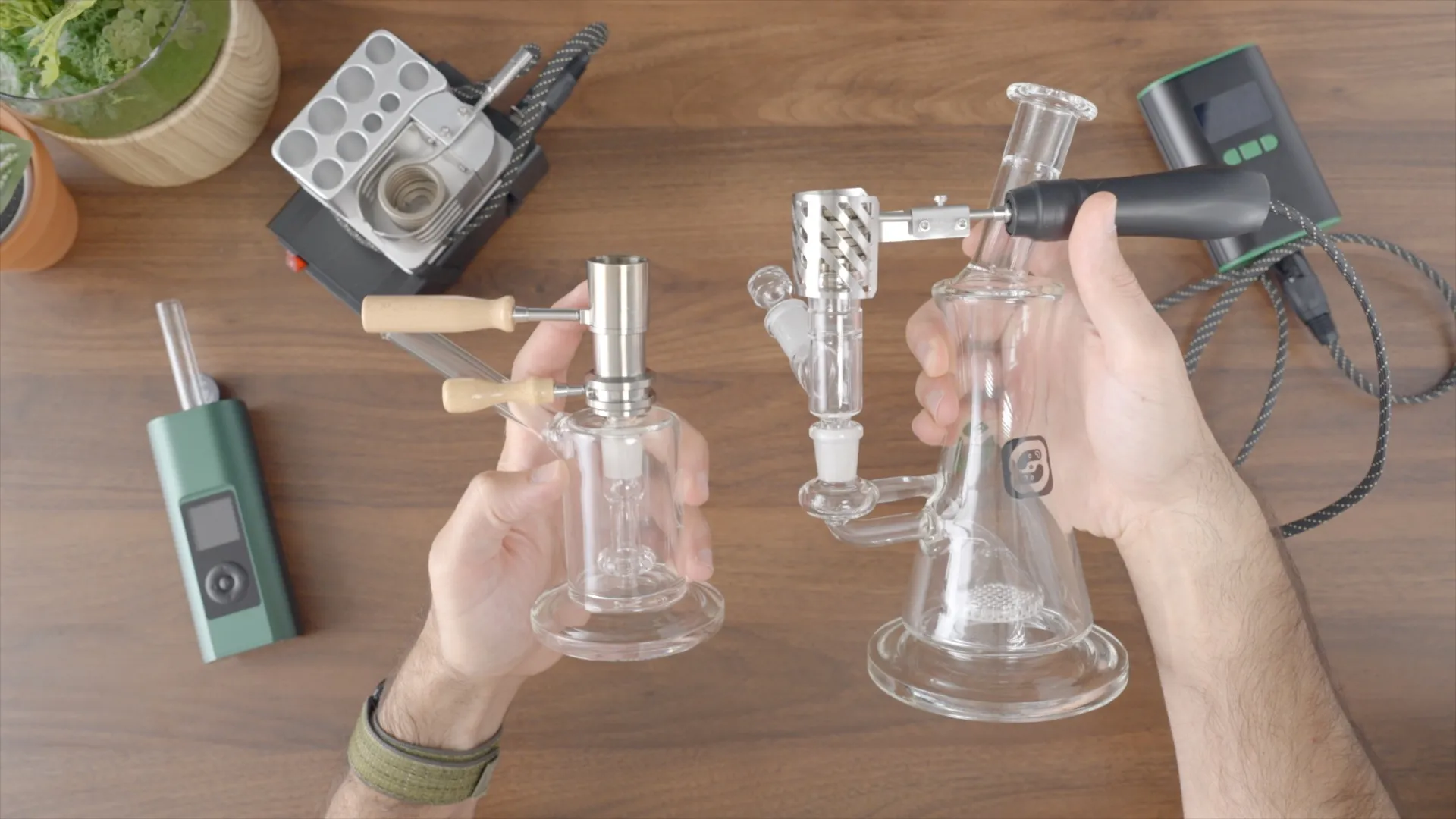
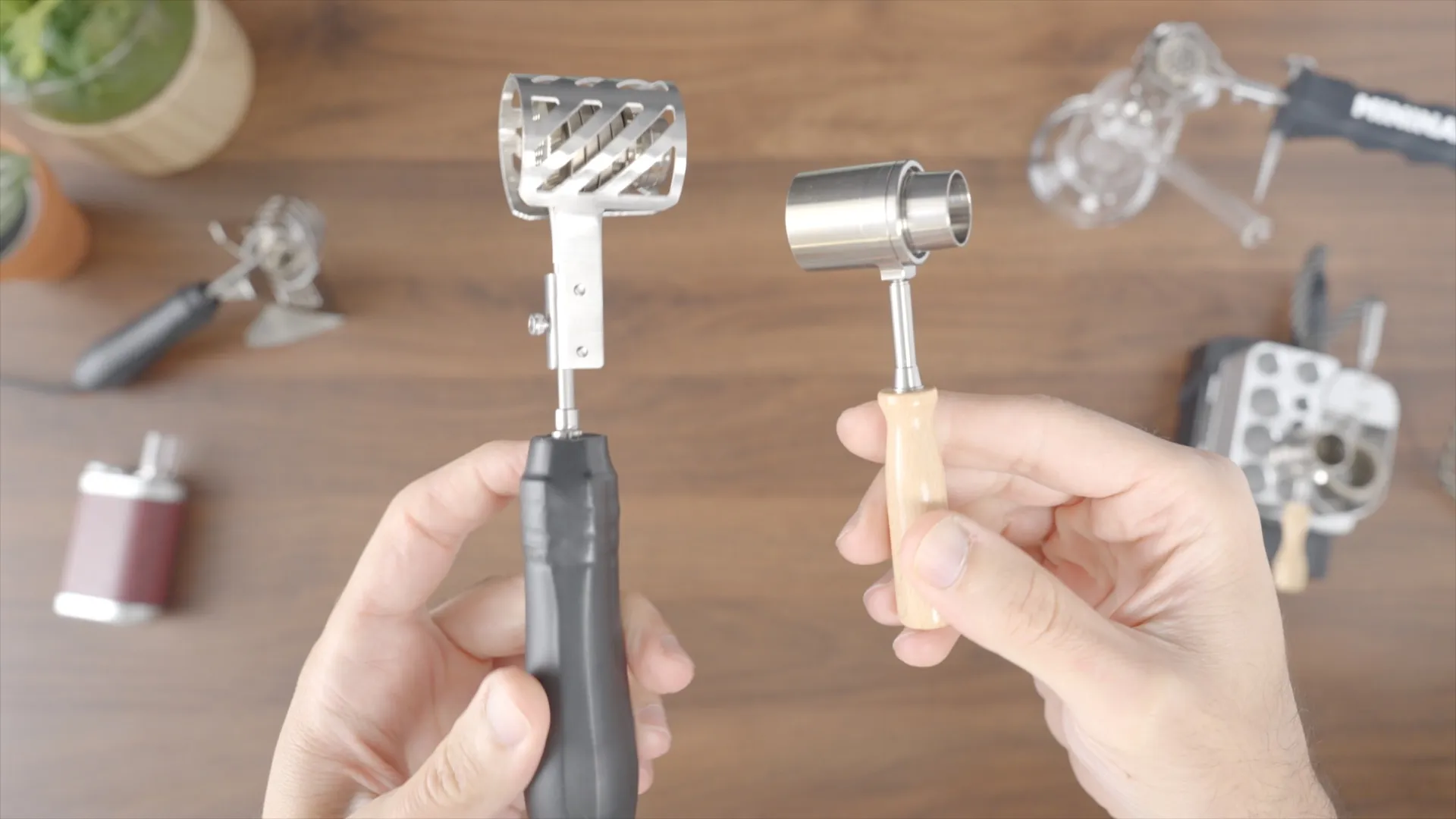
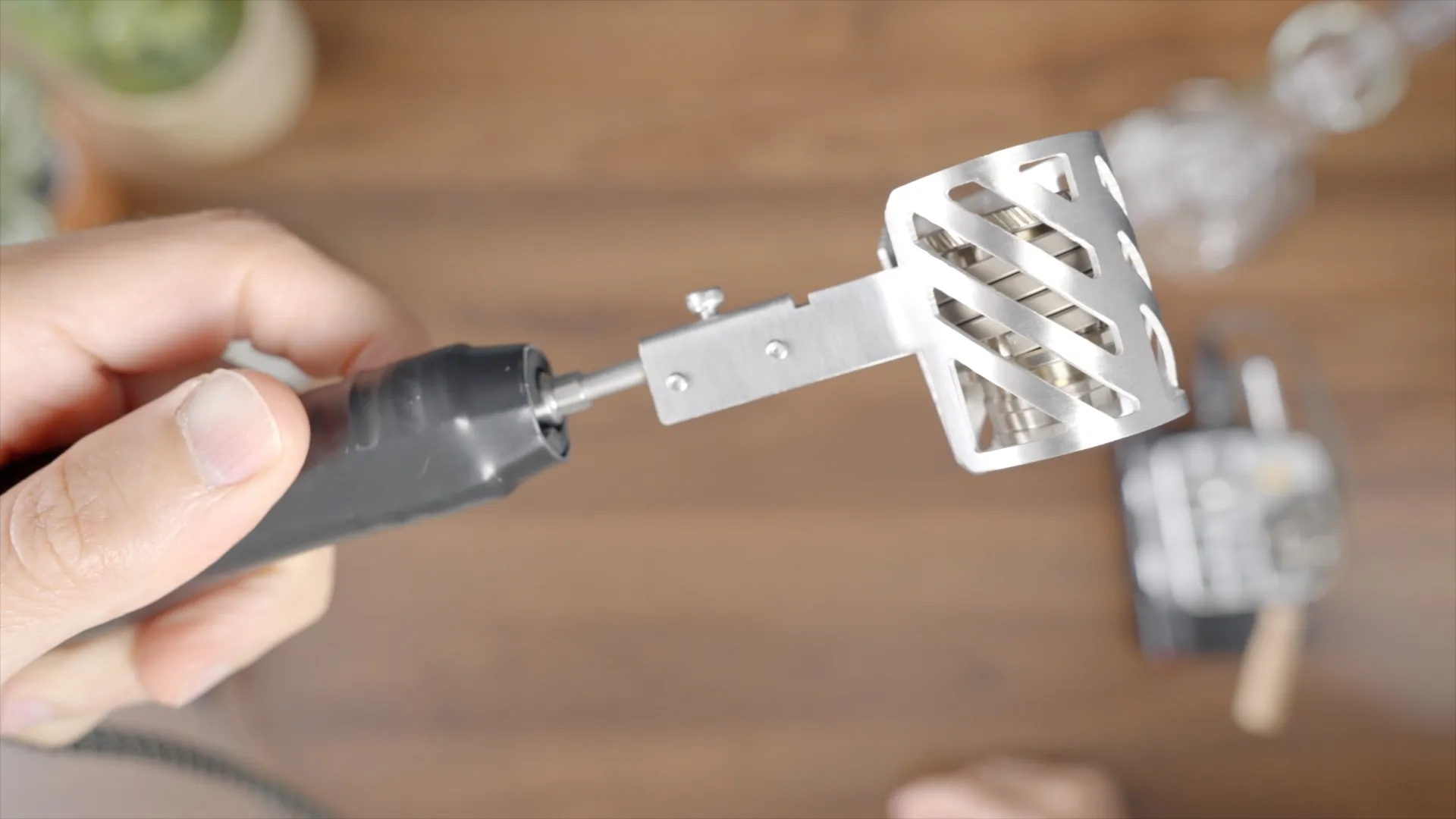
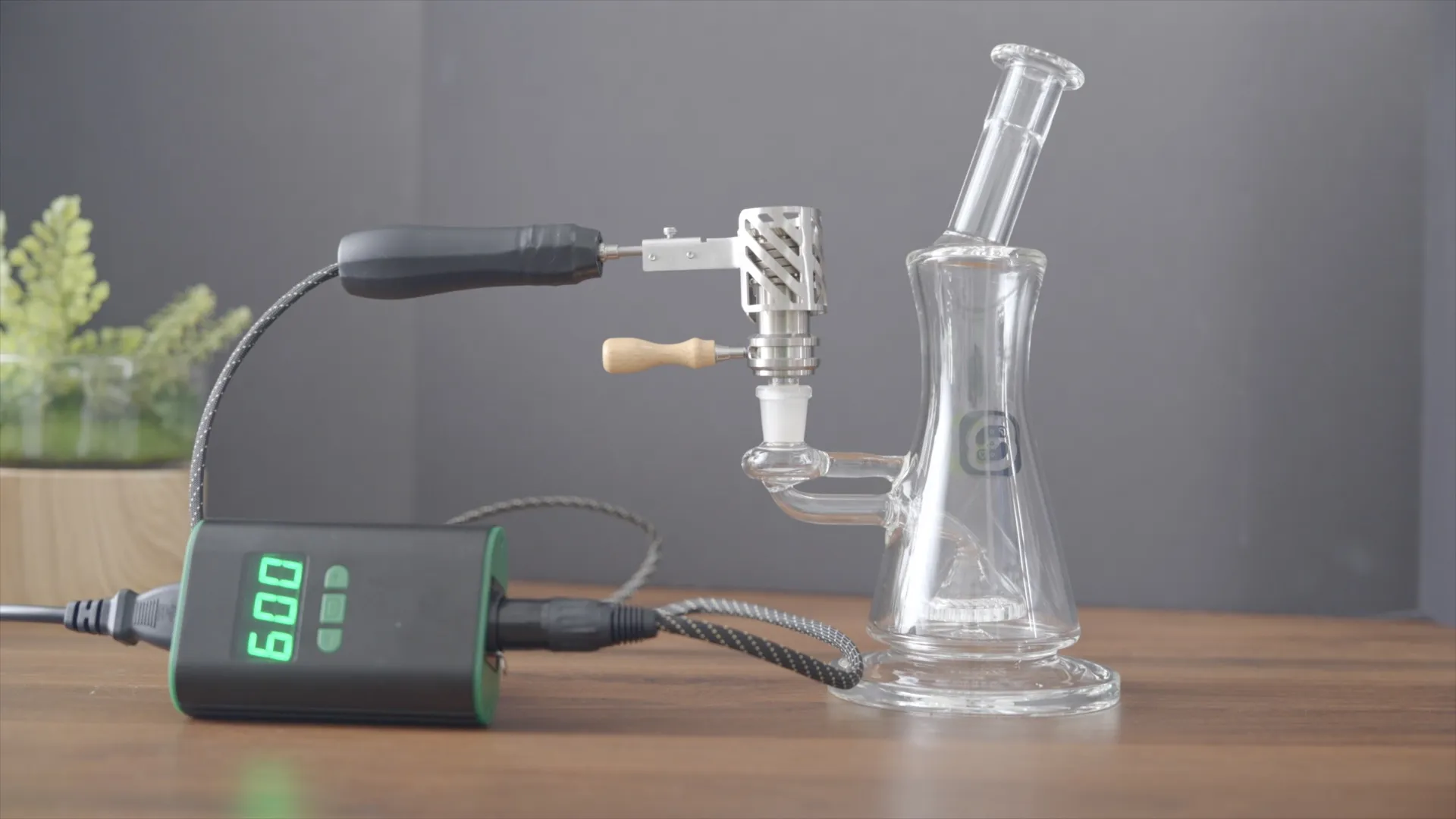
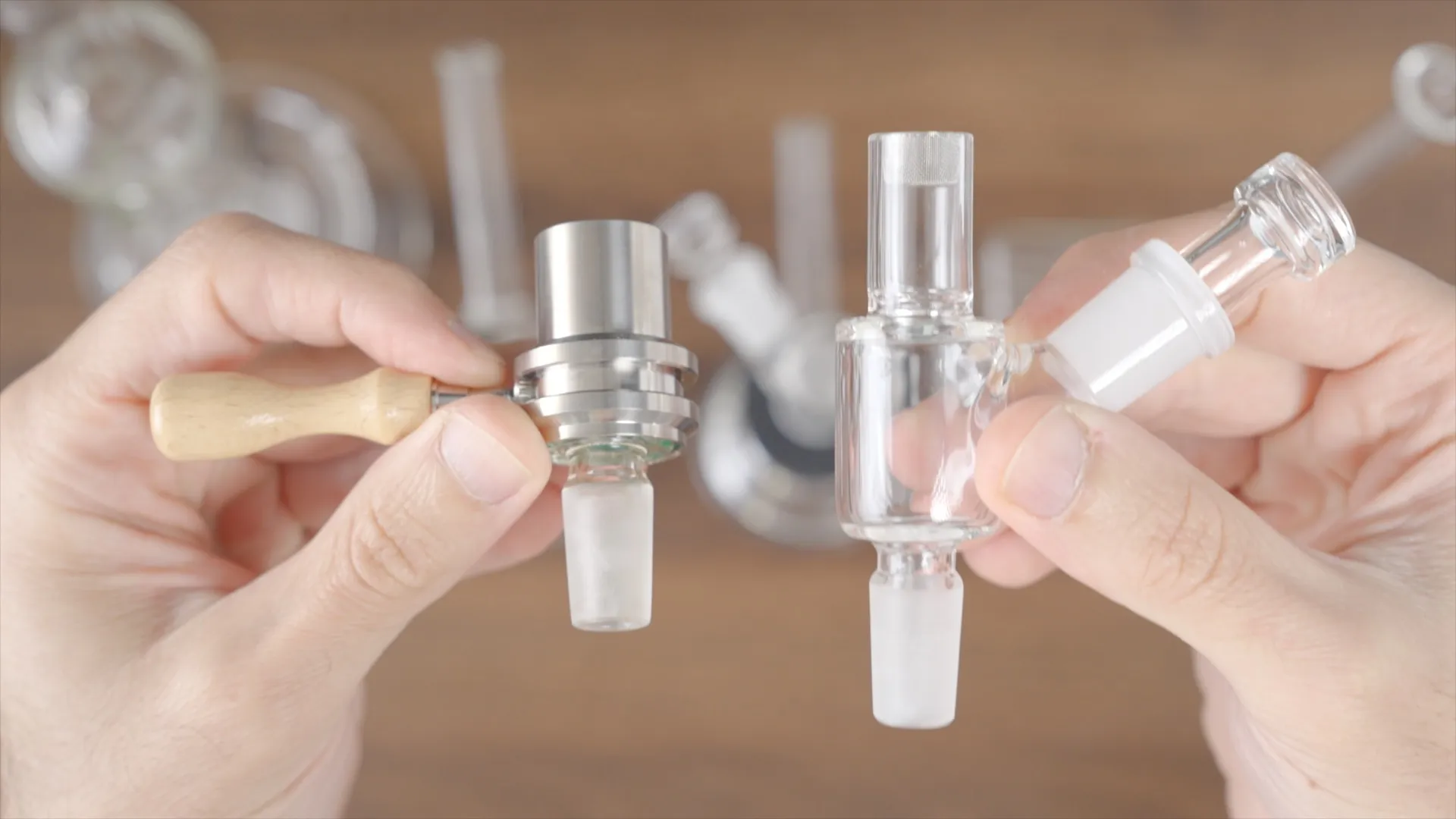
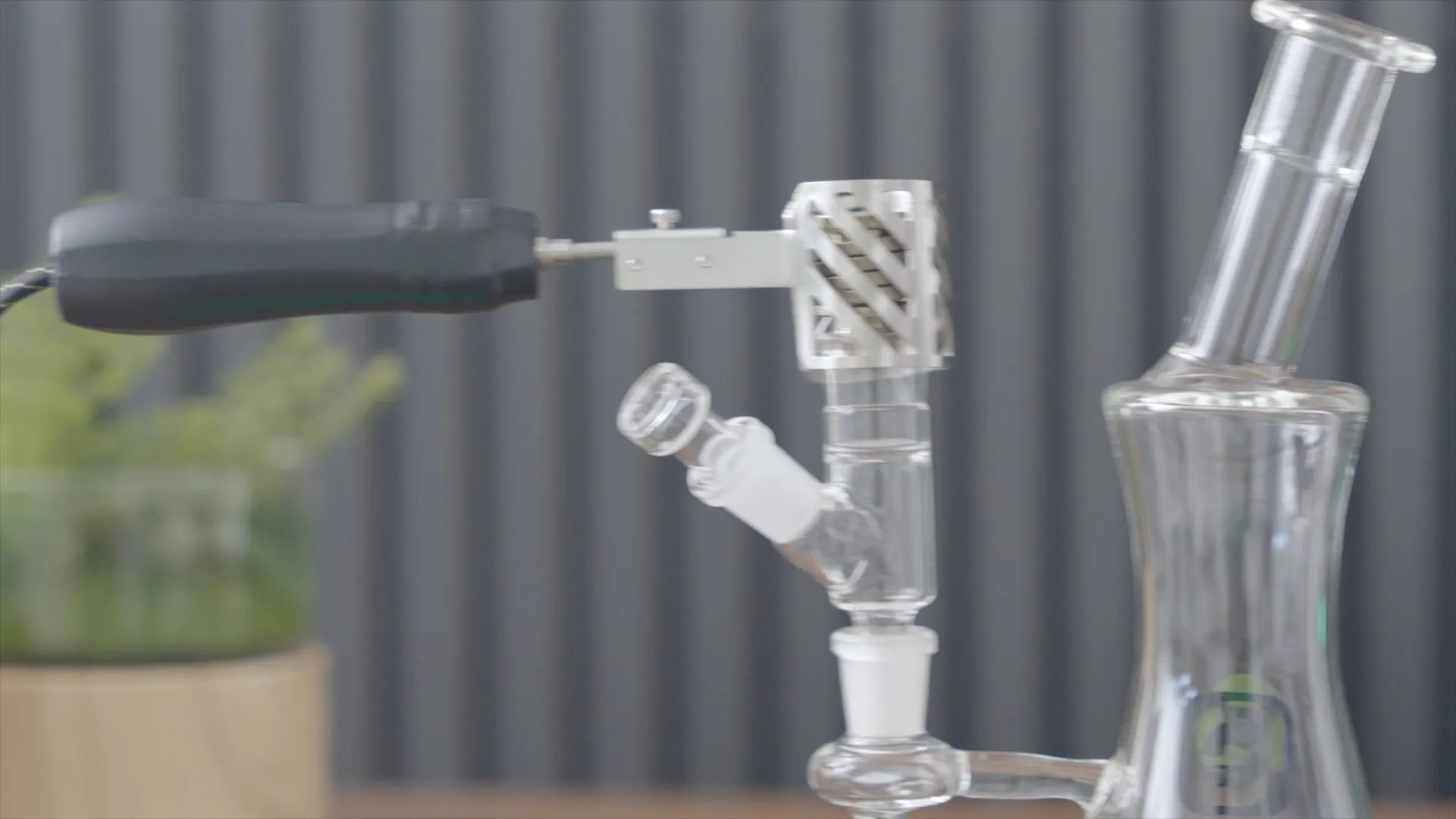
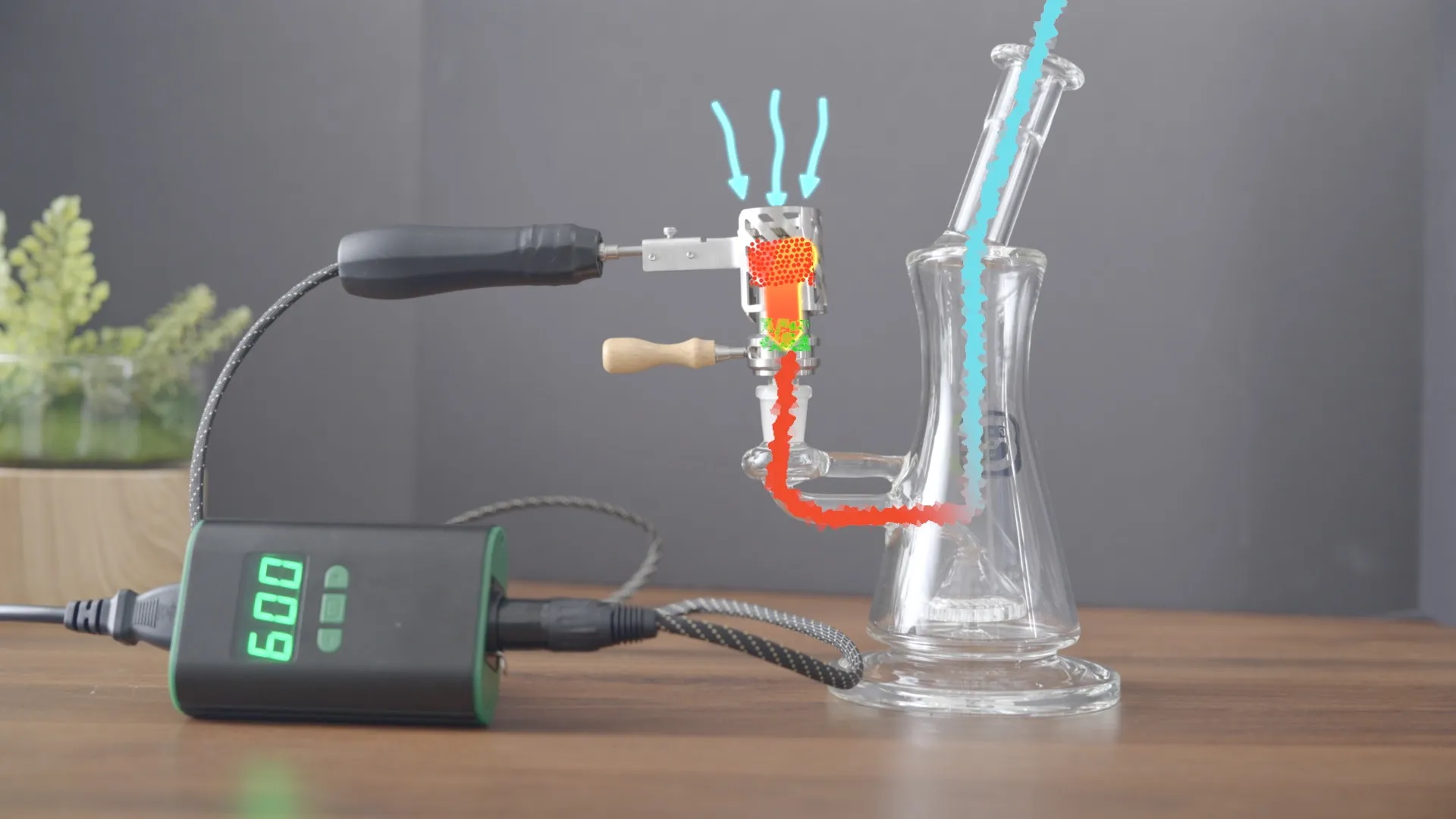
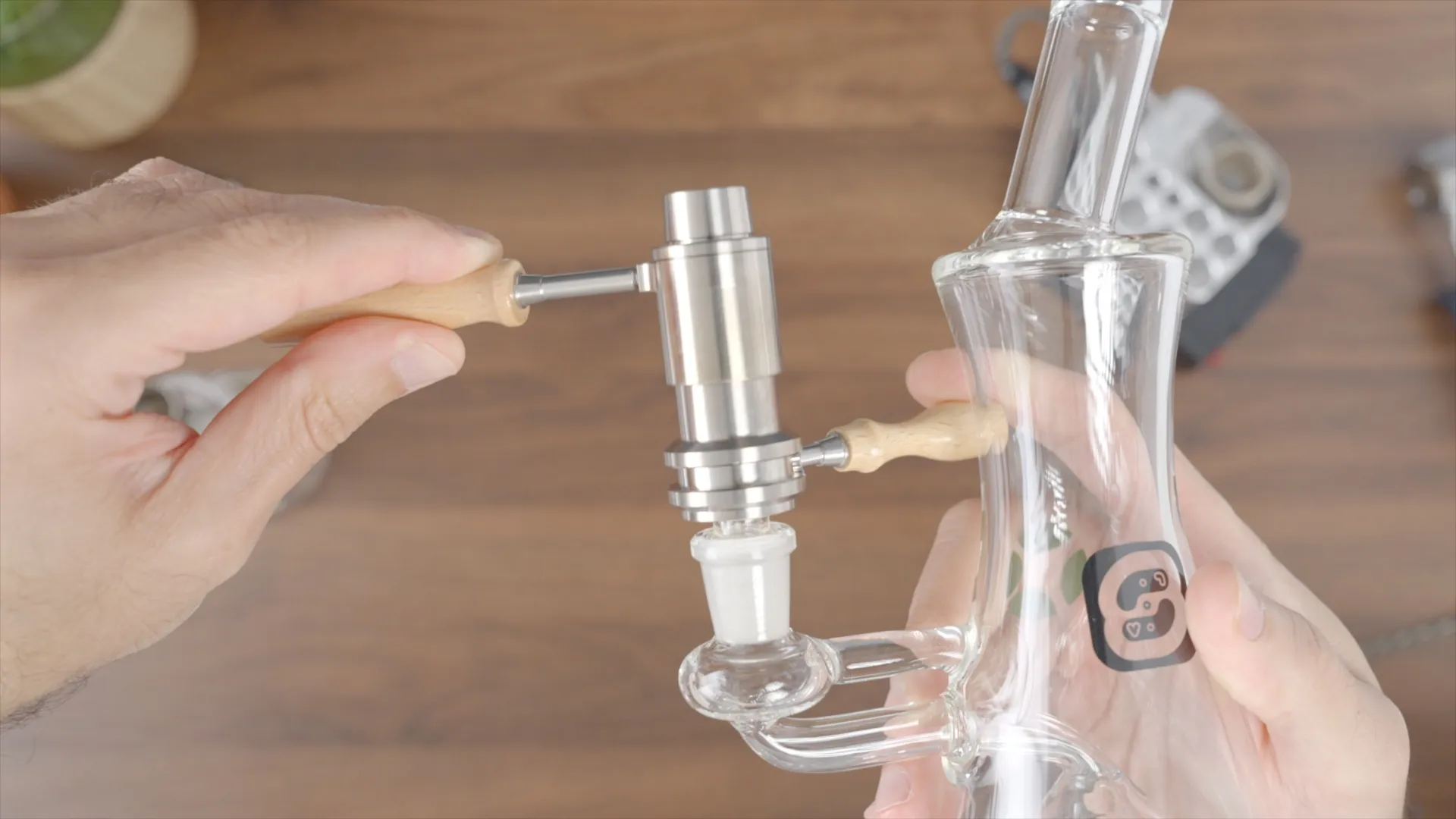
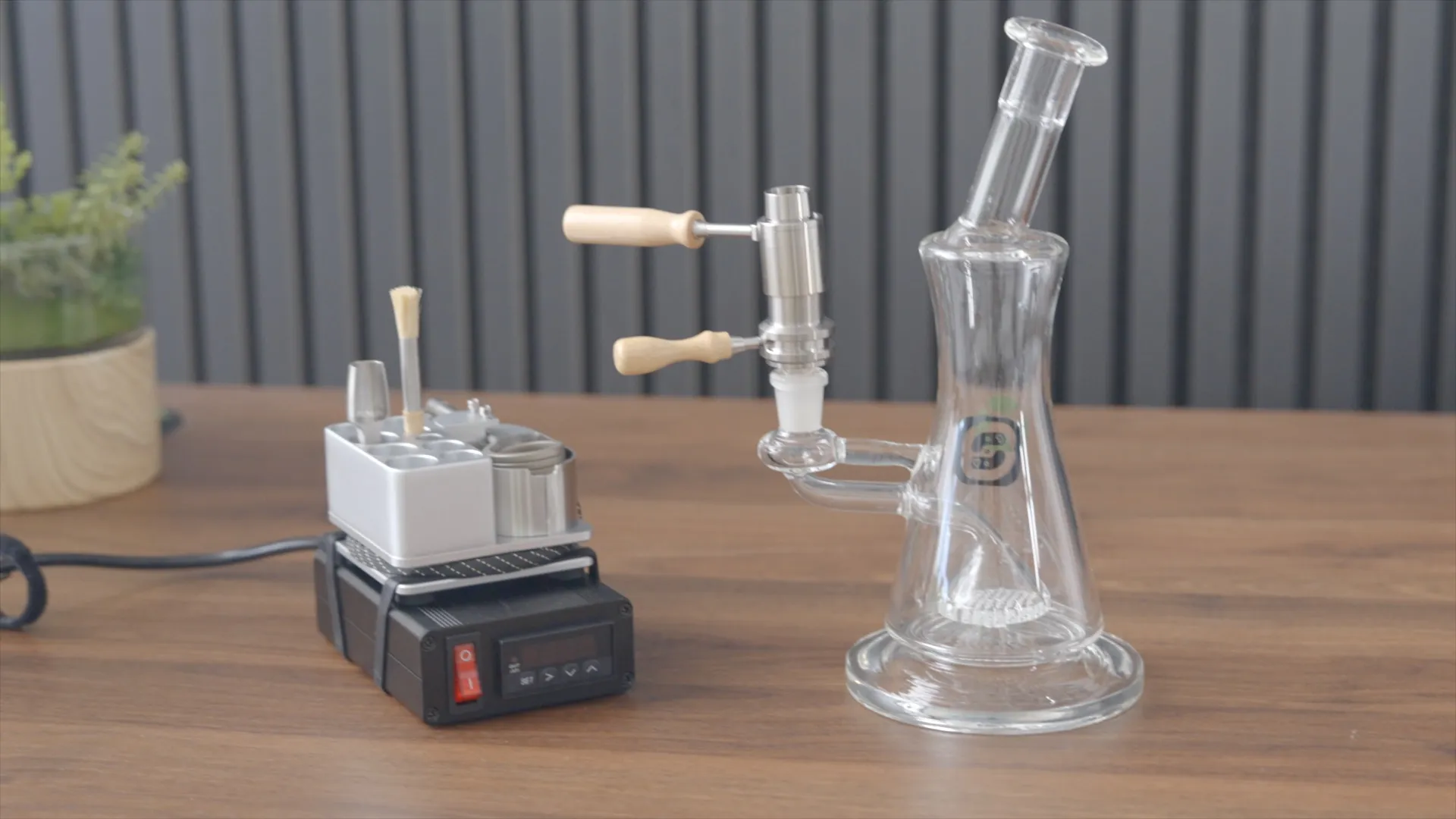
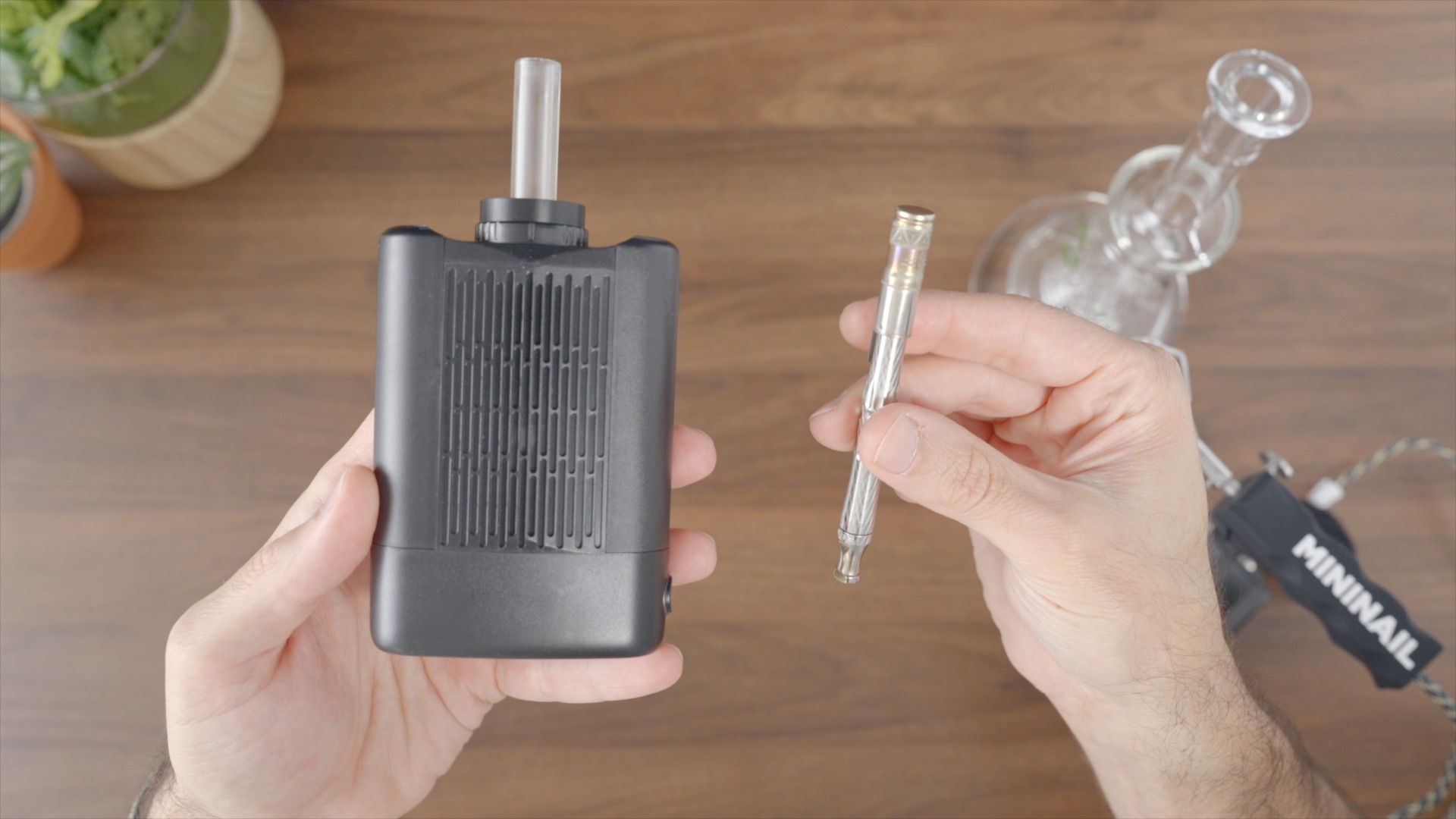
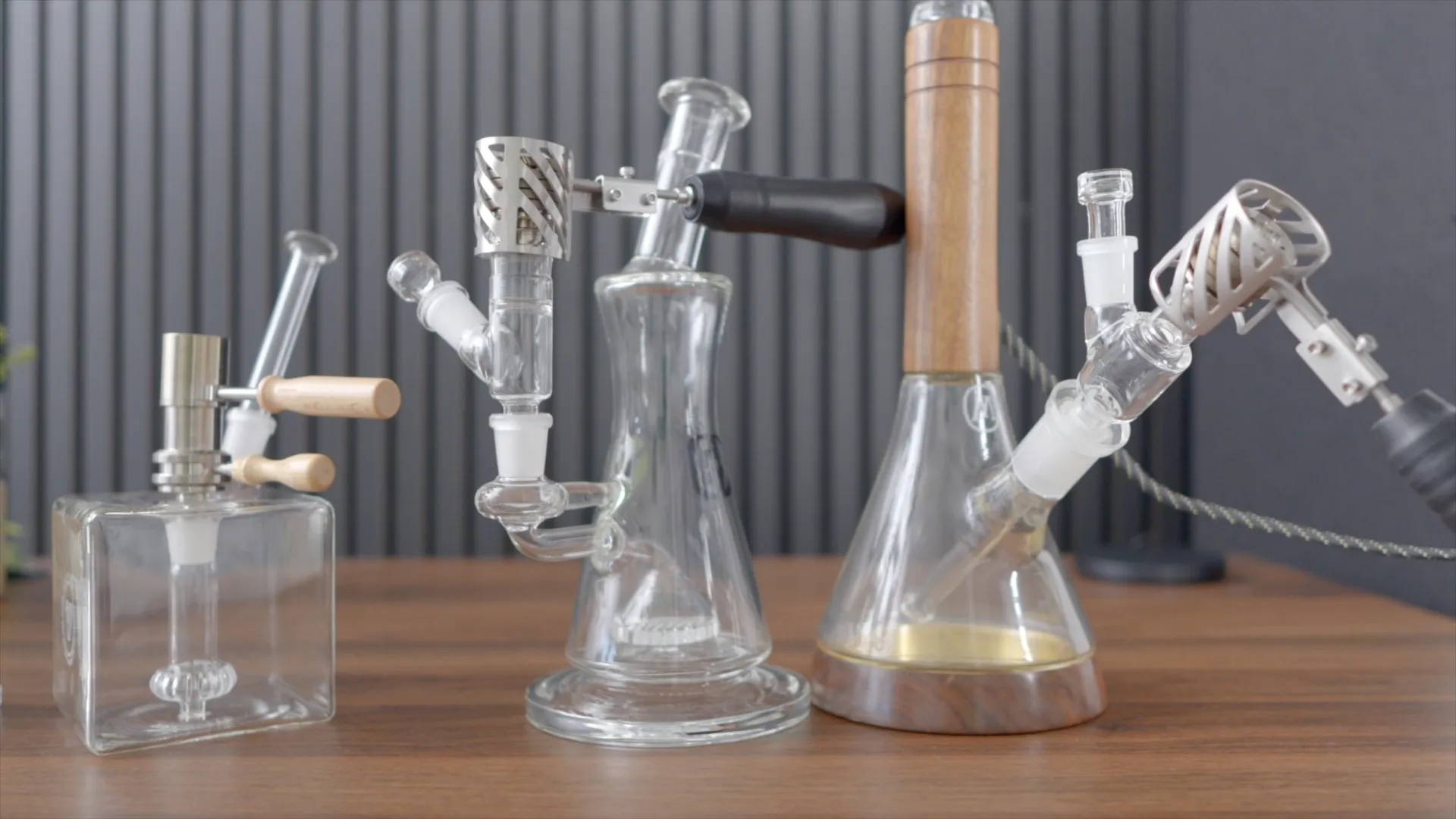
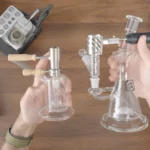
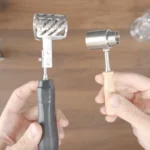
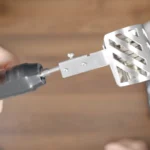
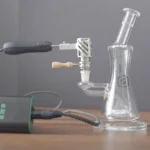
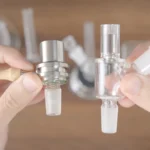

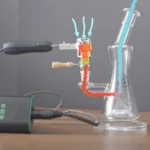
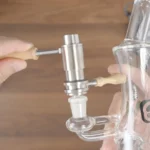

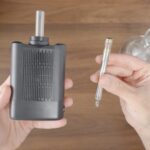

Ball vapes have taken the dry herb vaporizer scene by storm, earning a dedicated following for their powerful extraction, versatility, and pure, flavorful vapor. If you’re curious about what makes these devices so special, this guide covers everything you need to know: how ball vapes work, the different types available, what you’ll need to get started, and their pros and cons. By the end, you’ll know if a ball vape is the right fit for you.
What Are Ball Vapes?
Ball vapes are a specialized type of desktop dry herb vaporizer designed for maximum potency and flavor. Unlike portable vapes, they’re built for stationary use, delivering thick, satisfying vapor clouds that rival traditional smoking but without combustion. Their unique design, which uses heated balls to transfer heat, has made them a favorite among enthusiasts seeking a heavy-hitting, customizable vaping experience.
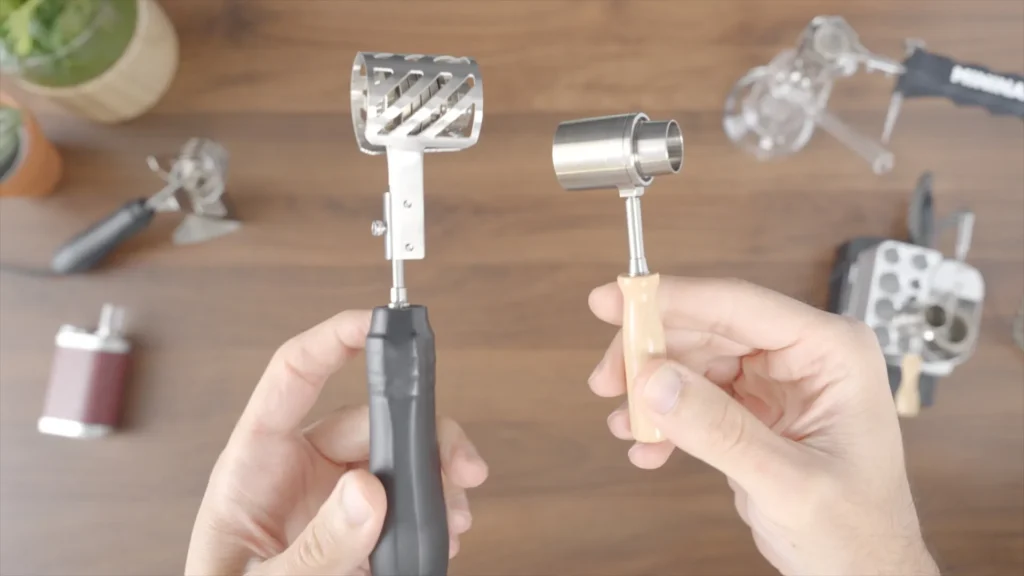
Let’s break down the anatomy of a typical ball vape to understand how it works.
Anatomy of a Ball Vape
A standard ball vape consists of a few key components:
The Wand: This is the core of the device, housing a coiled heating element and a chamber filled with small, heat-retaining balls. These balls, typically made of ruby, sapphire, or zirconia, heat up through direct contact (conduction) and store heat for immediate transfer. A metal “cage” surrounds the chamber to protect the heating coil from accidental contact.
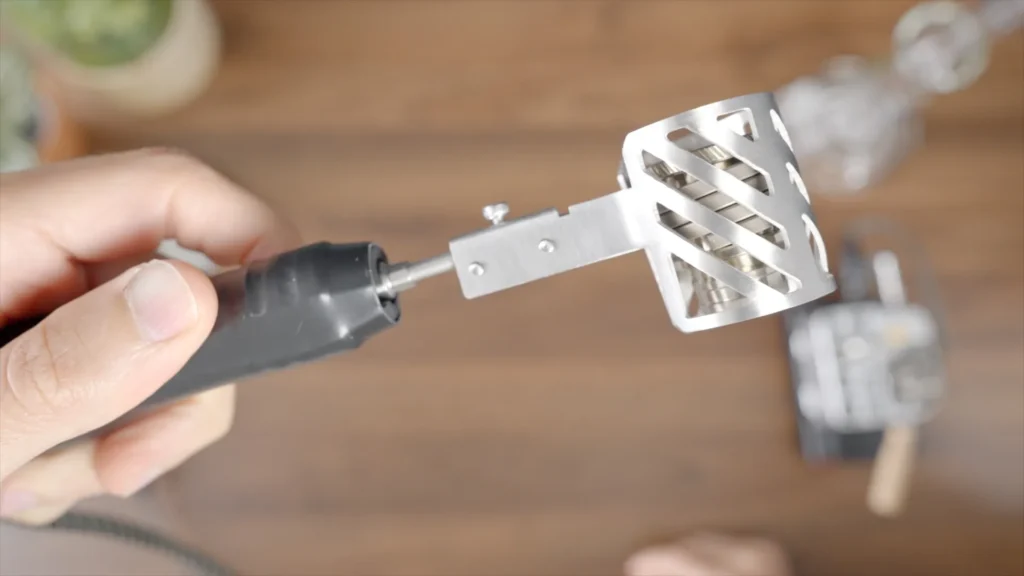
PID Controller: This control box regulates the temperature of the heating element, continuously monitoring and adjusting power to maintain a stable, user-set temperature. A good starting point for most users is around 600°F.
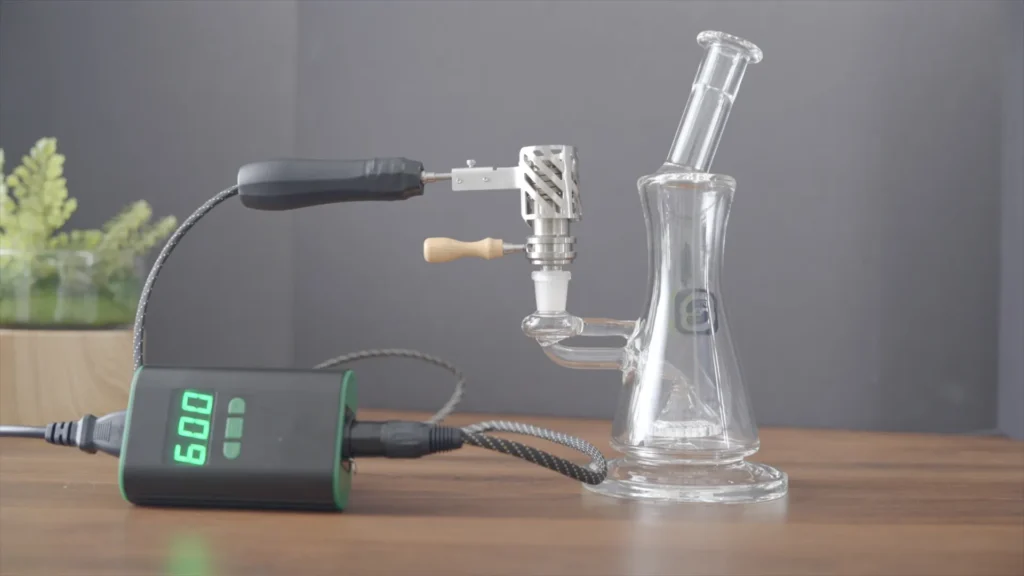
The Bowl: A pass-through chamber with a thin glass or stainless steel screen to hold the herb. Bowls come in various sizes, like microdosing bowls (around 0.1g) or larger glass bowls (over 0.25g), and are usually made of glass or titanium.
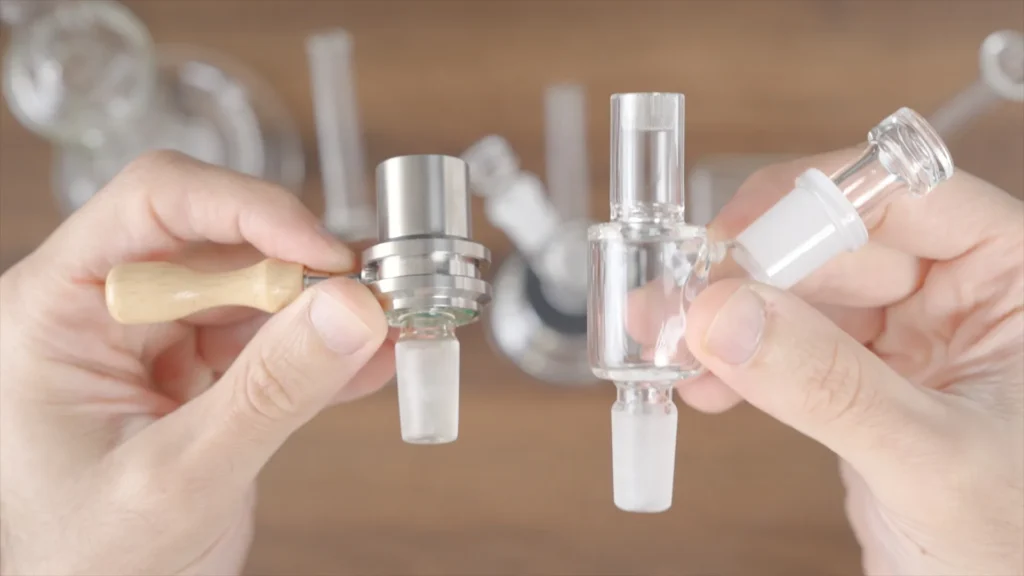
Glass Pipe Connection: The bowl typically connects to a glass pipe or rig with a universal 14mm joint, allowing vapor to travel through a mouthpiece or water filtration system.
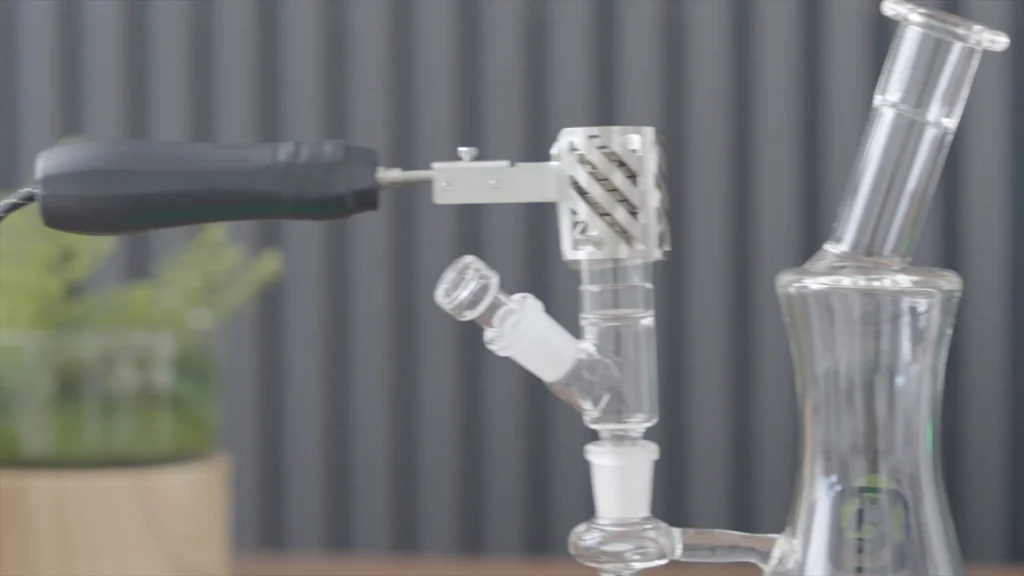
How Do Ball Vapes Work?
The magic of ball vapes lies in their heat transfer system. When you inhale, cool air flows into the wand from the top, passing through the densely packed, heated balls. These balls have a high surface area, enabling rapid heat transfer. The result is a powerful jet of super-hot air that flows through the bowl, instantly extracting the herb’s active compounds. This produces smooth, flavorful vapor that travels through the mouthpiece, delivering a potent and satisfying hit.

Types of Ball Vapes
Ball vapes come in several varieties, distinguished by their airflow design and power setup. Here’s a breakdown of the main types:
Injectors vs. Diffusers
Injector Ball Vapes: These focus hot air into a narrow, concentrated jet that fits inside the bowl. They rely purely on convection heating, which preserves terpenes for cleaner, more flavorful vapor. Injectors extract more slowly, making them the “milder” option.
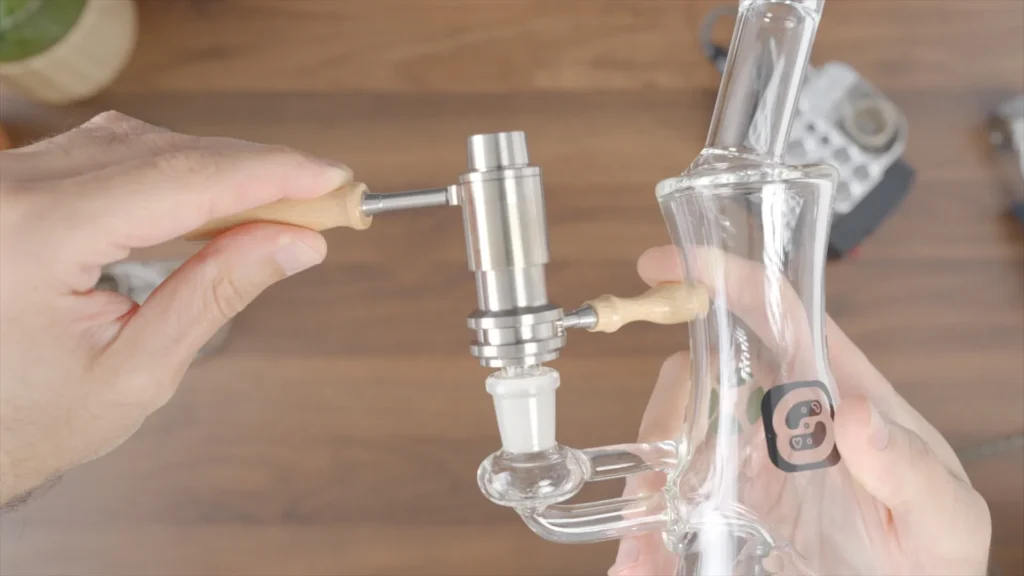
Diffuser Ball Vapes: These use a wider airflow path, sitting over or around the bowl. They combine convection (from hot air) with some conduction (from the bowl heating up), resulting in faster extraction, denser clouds, and a heavier hit. Some vapes, like the One-Hit-Wonder, can switch between injector and diffuser modes depending on which side of the wand you use.
Wired vs. Wireless
Wired Ball Vapes: These have the heating element built into the wand, connected to a PID controller via a cable. This setup offers precise, instant temperature control and consistent heating, ideal for longer sessions. The Ruby Twist is a great example of a wired vape with no heat decay.

Wireless Ball Vapes: These use a separate heating station to warm the wand’s balls. Once heated, the wand is removed and placed on the bowl for cord-free use. However, the heat fades over time, so wireless wands like the Wireless One-Hit-Wonder are best for quick, one- or two-hit extractions.
Both the Ruby Twist and One-Hit-Wonder are available at VGEAR.com with code VG10 for 10% off.
Portable vs. Desktop
Some portable devices, like the battery-free DynaVap UniDyn or Angus Enhanced, are marketed as “ball vapes” because they use balls to store heat. However, they don’t deliver the robust performance of true desktop ball vapes.
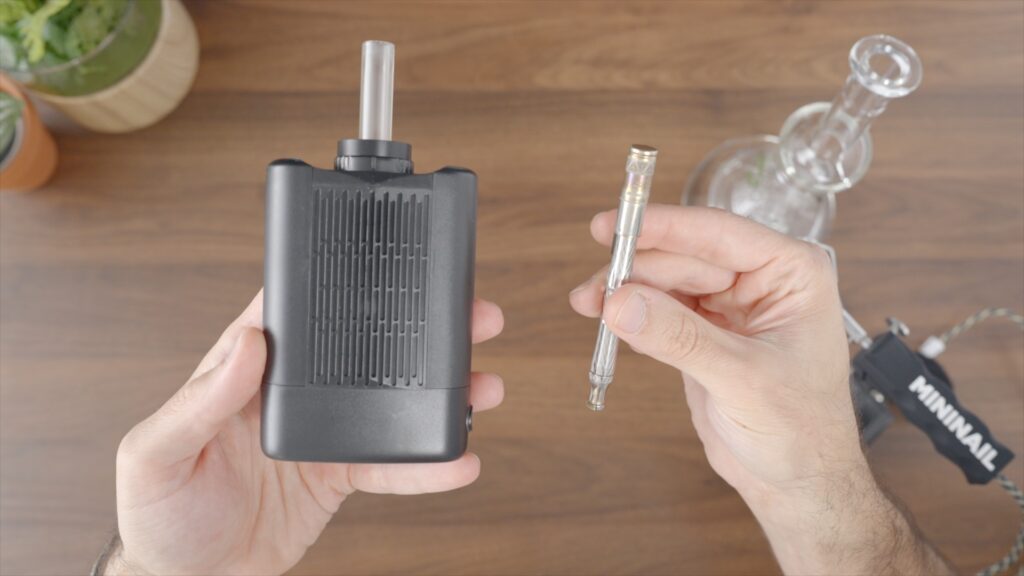
When enthusiasts talk about ball vapes, they’re almost always referring to desktop units, which offer far superior extraction and vapor quality. Portable “ball vapes” feel more like a marketing gimmick and don’t qualify as the real deal.
Why Are Ball Vapes So Popular?
Ball vapes have a cult following for several reasons:
Unmatched Extraction Efficiency: The heated balls ensure rapid, thorough extraction, producing super-dense vapor and potent hits. This maximizes the herb’s active compounds, stretching your supply further.
Pure Flavor: Convection heating preserves delicate terpenes, delivering clean, vibrant tastes that highlight the herb’s natural profile.
Customizability: Users can swap ball materials (e.g., ruby for faster heating, zirconia for longer retention) or pair the vape with various glassware, from simple rigs to complex percolators, to tailor the experience.
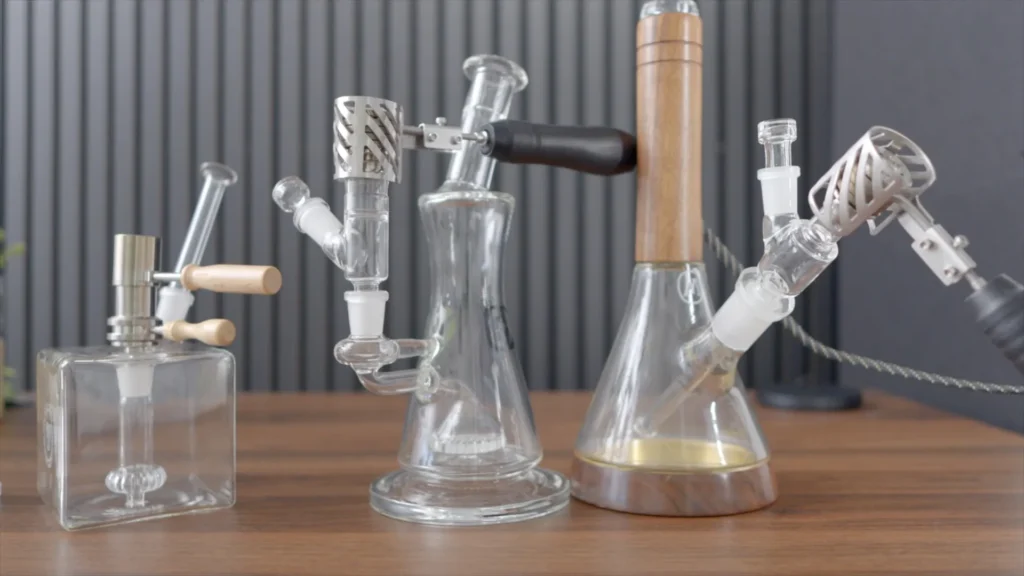
Downsides of Ball Vapes
Despite their appeal, ball vapes aren’t for everyone:
Size and Setup: They’re bulky, require a power outlet, and need compatible glassware like a rig or bubbler, which adds cost and complexity.
Safety Concerns: Exposed hot parts pose a burn risk, especially in homes with kids or pets. You’ll need a designated, safe space for use.
Intensity: The heavy vapor can be overwhelming for casual users. For lighter sessions, a portable vape like the Solo 3 or Venty might be a better fit. (Check out my separate reviews of these devices here.)
Should You Get a Ball Vape?
So, are ball vapes worth it? If you’re after a hard-hitting experience that rivals a bong hit without combustion, a ball vape is an excellent choice. They deliver thick, potent vapor clouds with the clean, flavorful benefits of vaping, making them ideal for home use, whether you’re unwinding solo or sharing with friends.
If you already own a portable vape but want a more powerful option for stationary sessions, a ball vape is a fantastic upgrade.
However, if you’re new to vaporizers or prefer lighter, more casual sessions, a ball vape might be too intense and complex. Similarly, if you need portability or don’t want to deal with a bulky glass rig, stick with a battery-powered portable like the Solo 3 or Venty.
Final Thoughts
Ball vapes are a game-changer for enthusiasts seeking maximum potency, flavor, and customization. While they require some investment and a dedicated setup, their performance is unmatched for heavy-hitting home sessions.
A huge thanks to VGEAR.com for supporting this guide. If you found this helpful, check out their massive selection of vaporizers and accessories, including the Ruby Twist and One-Hit-Wonder. Use code VG10 for 10% off your purchase.
Stay tuned for my “Best Ball Vapes of 2025” guide, and feel free to share your thoughts or questions in the comments below!